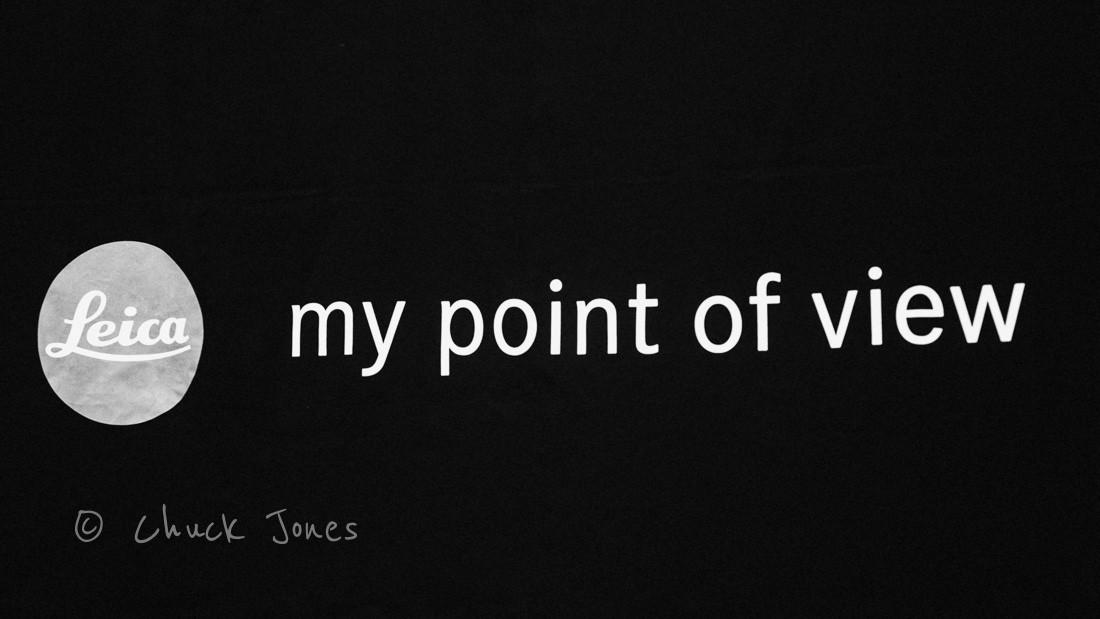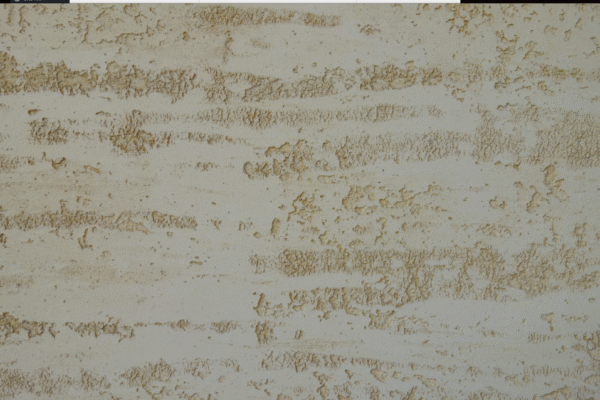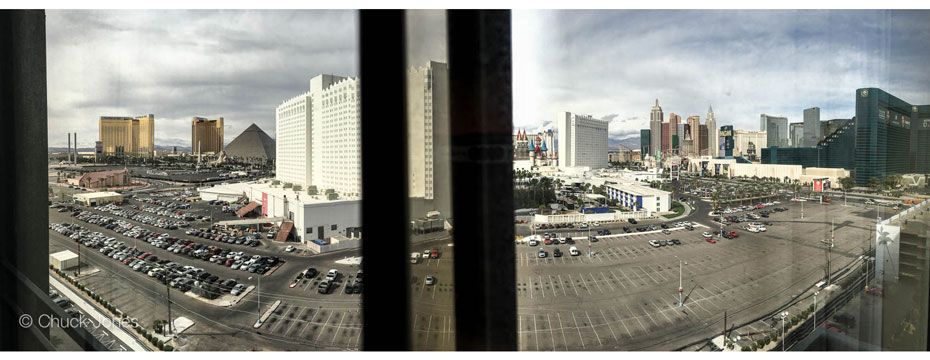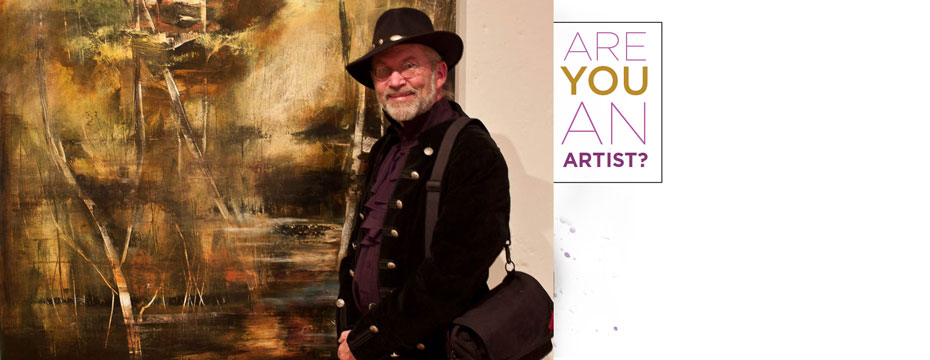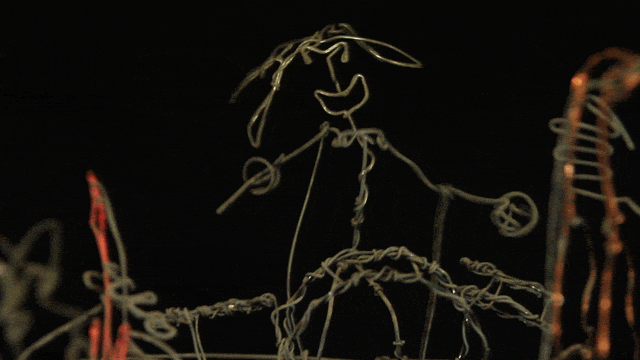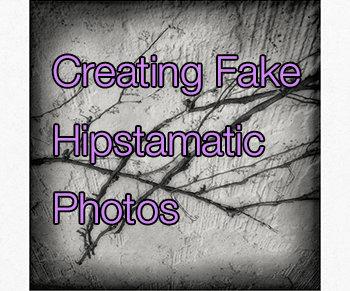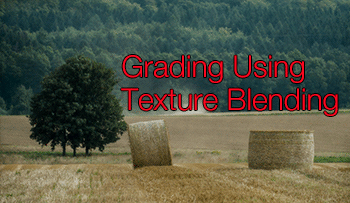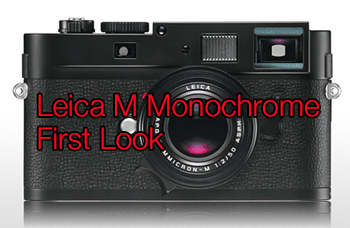
Leica M Monochrome – My First Look
Leica M Monochrome
It’s been a long time since I shot in Black and White. In my earlier years, I started with Pan-X, Plus-X, and Tri-X. Tri-X being the least expensive predominated my earliest work. I guess it was sometime in the mid to late 1980’s I exposed my last roll, save for the odd client request. The Leica M Monochrome could soon change all that.
The ability to digitally scan my film made possible color to B&W digital conversion. The application of digital “color filters” after the fact meant I no longer had to use physical ones to adjust the tonal range or grey scale, it too could all be done on my computer. I’ve never looked back, until now. I’ve now got a tough decision I never expected to face. The Leica M Monochrome is so good, it makes me want to shoot in B&W again.
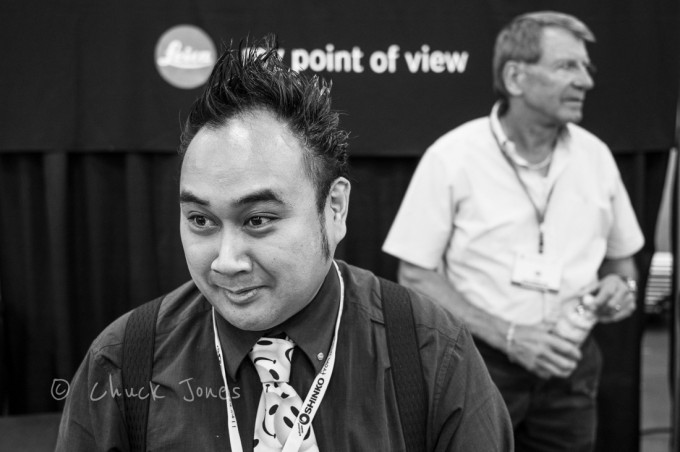
Leica M Monochrome 28mm f/2.8 ASPH.
I am primarily a color photographer. I enjoy color. I enjoy strong, rich color. But there are times when color gets in the way of story. When form, contrast, and tonal range convey the message, color can be a distraction. Also, unlike B&W, colors clash in the real world more often than they complement. Finally in what could easily become a litany of reasons to justify the purchase of a Leica M Monochrome, some subjects just read better to my eye in B&W than in color. Wedding imagery springs to mind as one example where a strong B&W frame can prove the most powerful image of the day. There is a long tradition in B&W wedding photography that does not quite exist for color yet.
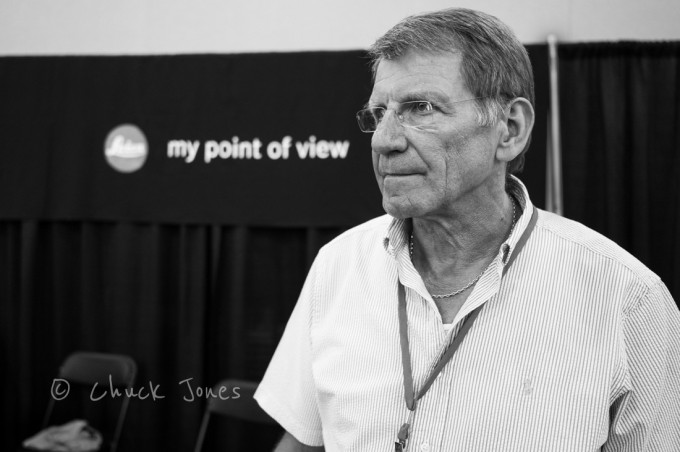
Leica M Monochrome 28mm f/2.8 ASPH.
There are a number of color to B&W conversion methods available. Moving the saturation slider all the way to minimum saturation will do a B&W conversion, though not a very good one. Or for more control, there are quite a wide series of available Photoshop plugins and stand alone applications. My personal favorite is Alien Skin’s Exposure. http://www.alienskin.com/exposure/index.aspx I particularly like the various film emulations for the B&W films I formerly used no longer available. Scalia 200, the only B&W slide film was one of my favorites; Kodak Panatomic X was another. The example images shown here were post processed in Alien Skin Exposure 5.
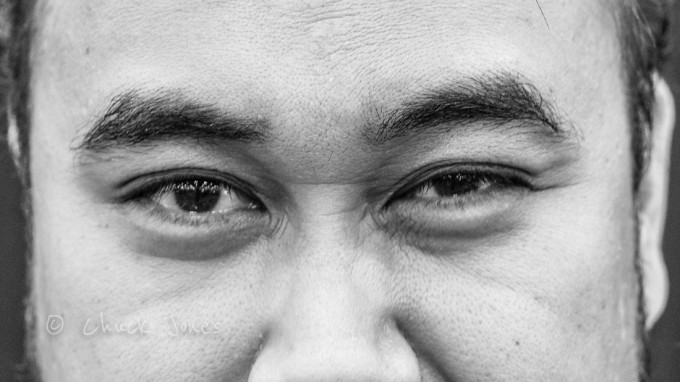
Leica M Monochrome 75mm f/2.0 APO ASPH.
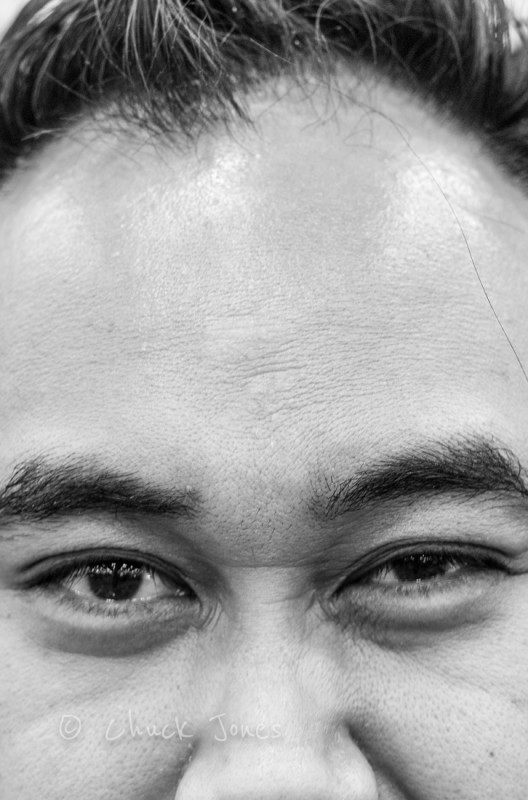
Leica M Monochrome 75mm f/2.0 APO ASPH.
So what is my bottom line after a ten minute first look? I’m amazed. The rendering detail punches way above its weight at 18MP. In fact, it looks more in line with what I would expect from a Nikon D800 at 36MP. The B&W tonal range is nothing short of incredible, and smooth as a baby’s bottom. The dynamic range is so great it is impossible to fully display it on my monitor without compressing it. The shadow detail is positively remarkable. The highlights do blow out though, as others have reported. Nothing in photography is ever perfect, or they would call it a science instead of an art. Not a big deal in my book. What is a big deal is the images are ultimately very beautiful. Clearly, a camera body I need to get to know far better in months to come.
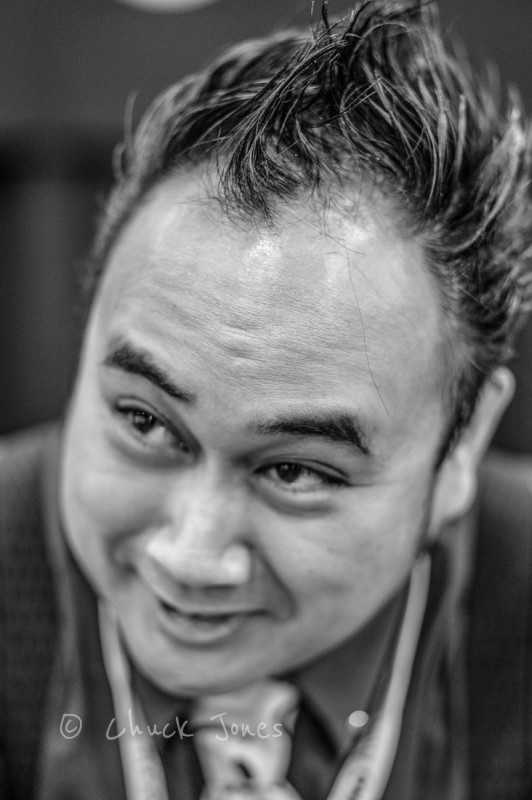
Leica M Monochrome 75mm f/2.0 APO ASPH.
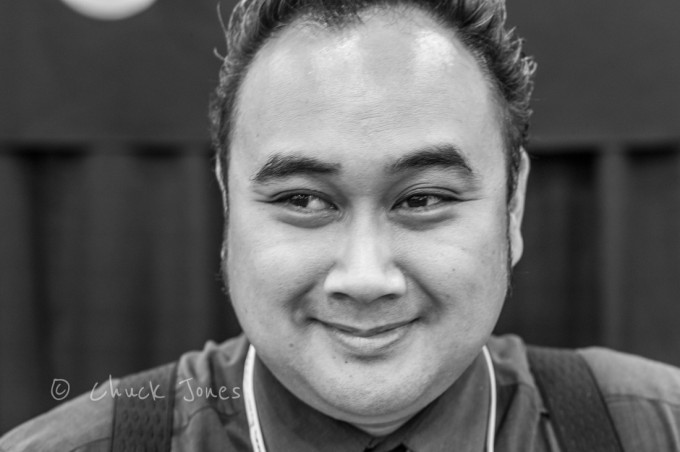
Leica M Monochrome 75mm f/2.0 APO ASPH.
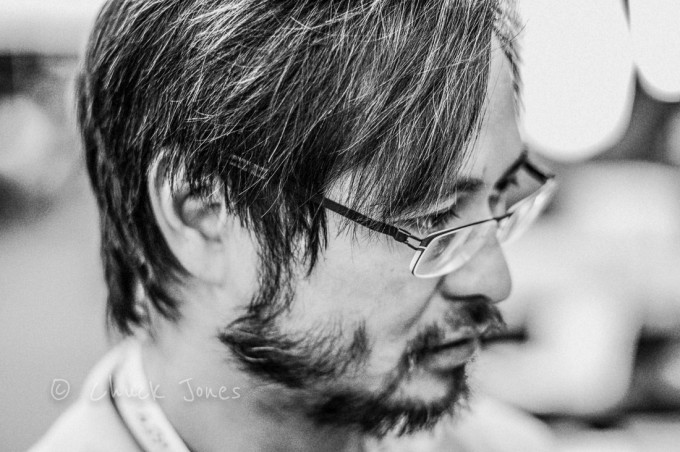
Leica M Monochrome 75mm f/2.0 APO ASPH.
In short, what is not to Love about a Leica M Monochrome?
Many thanks to Philip Cuenco from The Leica Store Los Angeles for showing me the Leica M Monochrome, and for volunteering as my primary model for this story.
[ratings]



